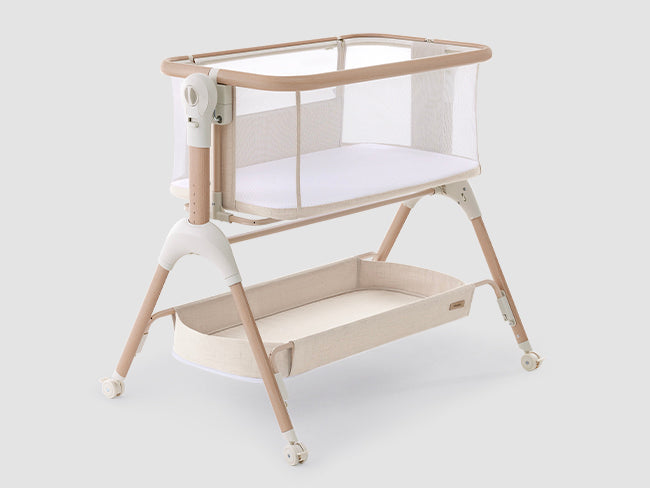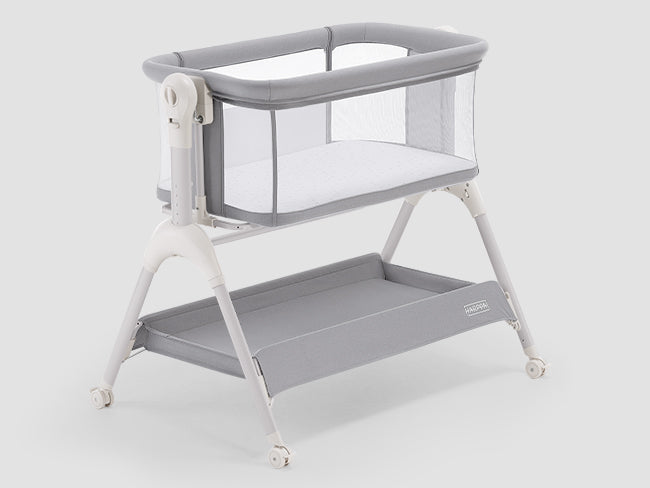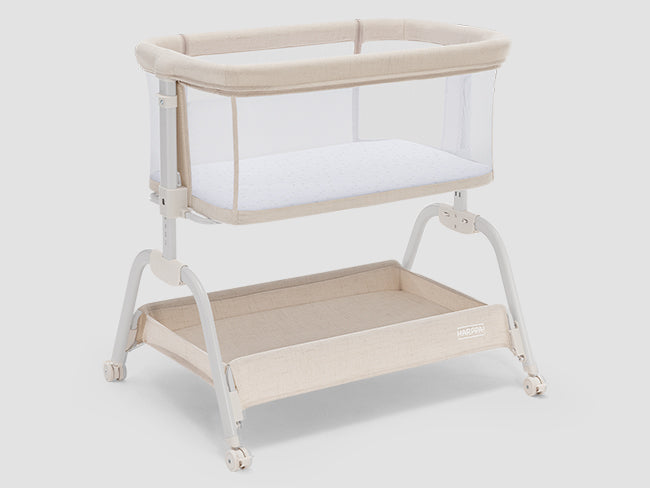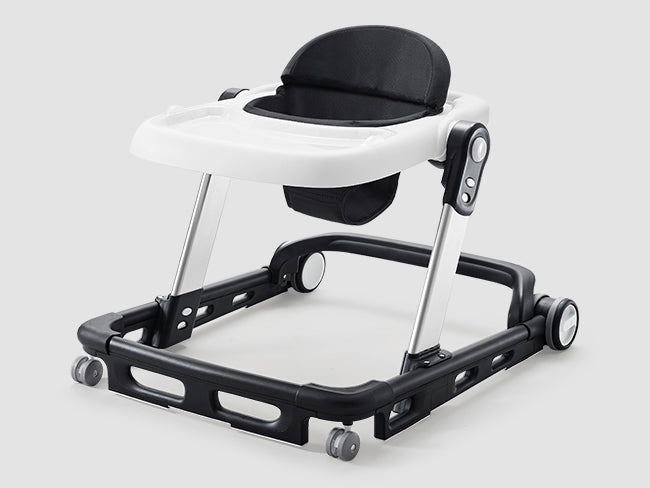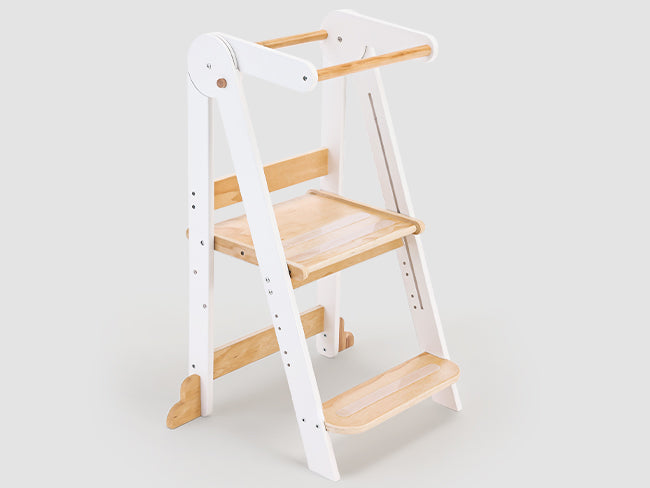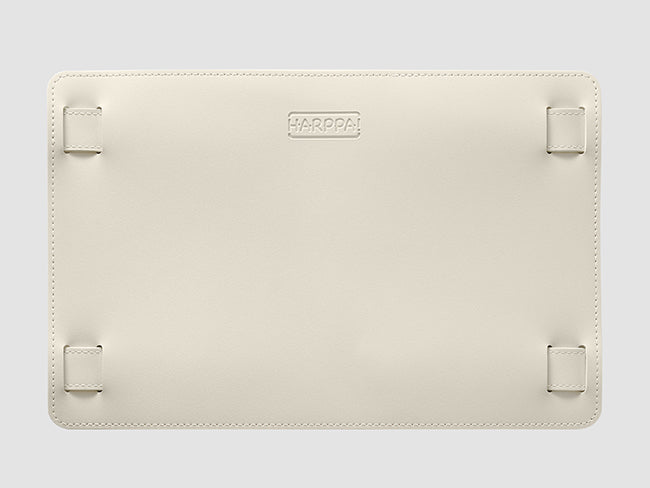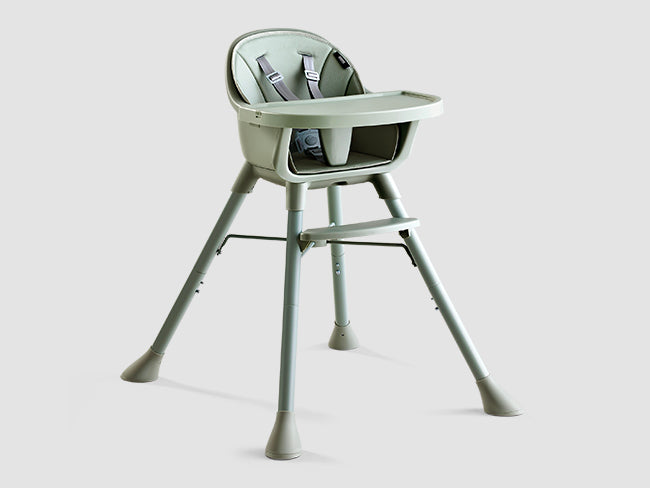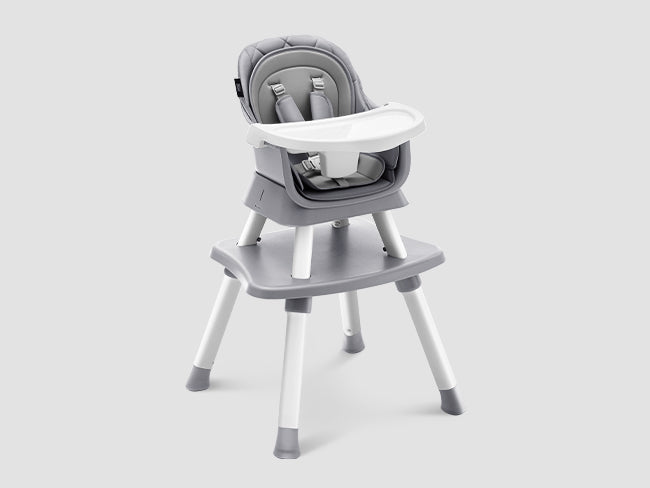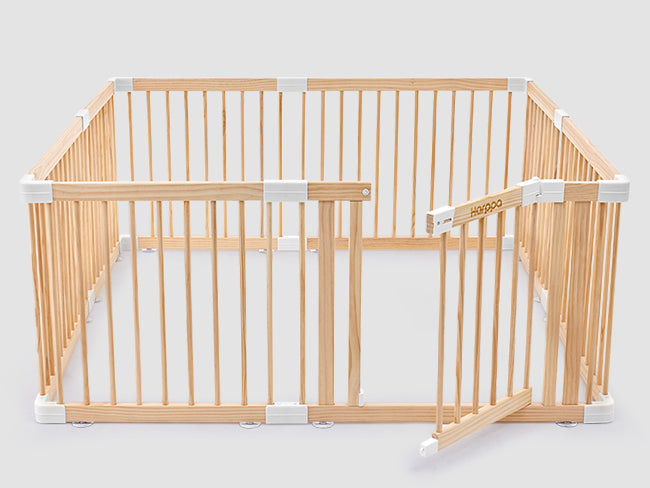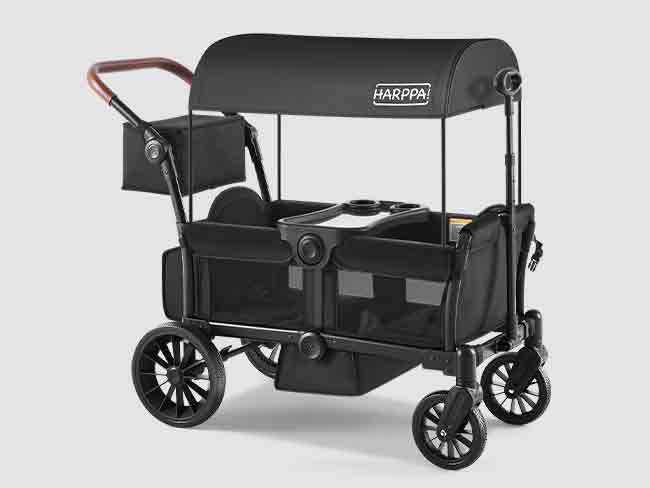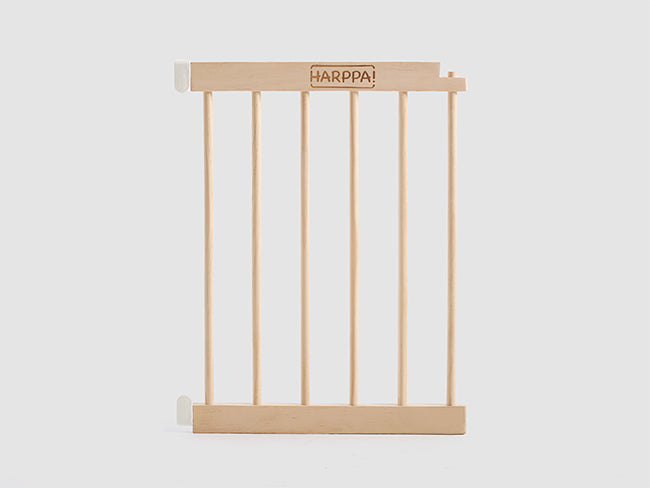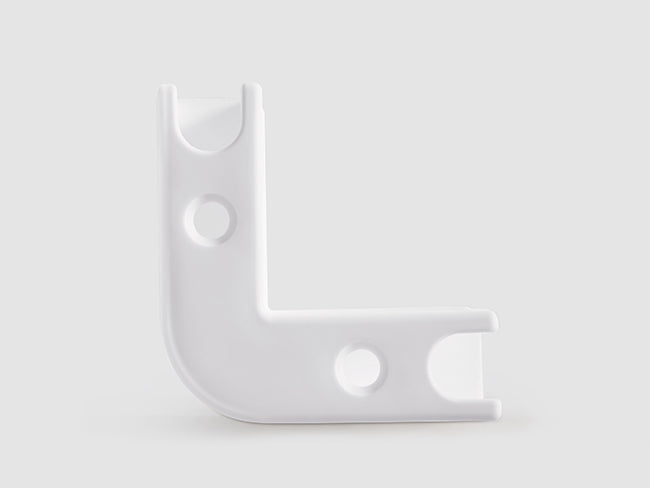Even in the smallest homes, winter can become a season of movement, exploration, and calm. This guide offers practical, development-focused ideas for creating safe, enriching indoor spaces using simple layouts like a defined play corner, a toddler tower for kitchen involvement, and soft-mat movement zones.
Introduction
Shorter days and cold weather reduce outdoor time, but children’s development doesn’t pause. With a bit of intention, a small area at home can become a warm, predictable, and stimulating environment. These setups support gross motor skills, sensory integration, participation in daily life, and emotional regulation—key areas for babies and toddlers during winter.
1. Create a Predictable “Home Base” for Babies (The Foundation of Safety)
When babies spend more time indoors, stability wins. A consistent, warm, and clearly arranged play corner helps infants feel secure and encourages repeated practice of foundational skills such as rolling, reaching, lifting the head, and grasping.
How to set it up:
- Lay down a soft, stable mat that insulates from cold floors.
- Keep two to three “permanent” toys in the area and rotate others weekly.
- Add a warm, low lamp or gentle night light to create a cozy atmosphere.
- Use soft textiles and cushions to make exploration comfortable and safe.
Defining a small, predictable space gives babies a sense of ownership and helps them stay engaged for longer quality play sessions.
2. Build a Safe Movement Exploration Zone Inside a Playpen (1–3 Years)
Toddlers still need plenty of physical output in winter. A playpen or a clearly defined floor area can become a controllable yet freeing movement zone where children practice pushing, pulling, stepping, rolling, and balancing—foundational components of gross motor development.
Deep-play ideas you can implement
- Step-and-cross routes: Roll small blankets or cushions into low “ridges” for children to step over and practice balance.
- Push-and-roll activities: Provide lightweight balls or push toys for rolling, chasing, and pushing to develop coordination and leg strength.
- Soft obstacle courses: Arrange cushions, small bolster pillows, and low ramps to climb up and slide down—this builds core strength and spatial awareness.
- Textured surface practice: Place mats of different textures (plush, smooth, ridged) to stimulate tactile discrimination and balance reactions.
These activities require minimal space and no large equipment—just everyday soft items arranged thoughtfully to encourage repeated motor practice.
3. Make the Kitchen a Learning Zone: Real-Life Participation with a Toddler Tower
Winter brings more time at home and more cooking—this is an ideal window for children to join daily routines. A toddler tower (or secure step-up helper) allows a child to safely access the counter and meaningfully participate.
Practical kitchen tasks for toddlers
- Washing and sorting produce (warm water adds a gentle sensory element).
- Stirring porridge or batter to practice wrist and forearm control.
- Transferring ingredients between bowls to develop fine motor precision.
- Setting utensils or small plates to foster order and responsibility.
Participation supports concentration, fine motor skills, and a sense of competence. Keep tasks short and closely supervised—success builds motivation for future involvement.
4. Low-Mess Sensory Play for Winter
Even without outdoor elements, you can offer varied sensory experiences indoors. Conduct sensory play inside a contained area—like a playpen—to reduce cleanup and help children stay focused.
Low-mess sensory ideas
- Warm water pouring: Use cups and funnels for temperature and liquid exploration.
- “Snow” box with cotton: Hide small items for retrieval, encouraging grasp and discrimination.
- Winter scent bottles: Present orange peel, cinnamon sticks, or mild ginger in sealed scent containers for olfactory exploration.
- Sorting stations: Sort white pom-poms, blue ribbons, and wooden tokens to add a cognitive layer to tactile play.
These sensory setups nurture attention, fine motor control, and sensory integration—especially useful during long indoor stretches.
5. Design a Calm Corner for Emotional Regulation
Shorter daylight and less outdoor time can lead to increased emotional reactivity in young children. A small “calm corner”—a cozy, dimly lit nook—teaches children to self-soothe and regulate emotions.
Calm corner essentials:
- Soft pillows and a small cozy blanket.
- A warm, low-level light (lamp with dimmer or salt lamp).
- Simple comfort objects: a soft doll, wooden puzzle, or fabric book.
- A few picture books or simple, quiet activities.
Encourage children to use the space when they feel overwhelmed; over time, they can learn to seek it out independently as a tool for self-regulation.
Putting It All Together: A Sample Daily Rhythm
Below is an example structure you can adapt to your family’s needs. Predictability helps children feel secure and supports sustained development.
- Morning: Short outdoor walk if weather allows, followed by a soft-play session in the predictable play corner.
- Late morning: Kitchen participation—simple food prep with the toddler tower.
- After nap: Movement zone time in the playpen—rolling, stepping, pushing.
- Afternoon: Low-mess sensory activity, then calm-corner wind-down with books.
- Evening: Warm bath routine and a quiet sleep-prep ritual to reinforce cues for rest.
Adjust duration and intensity to your child’s cues. The goal is balanced activity, sensory richness, and regular moments of calm.
Safety and Practical Tips
- Always supervise activities—especially when using water, elevated surfaces, or small objects.
- Ensure play areas are free of small choking hazards and that mats are non-slip.
- Rotate toys and materials regularly to maintain novelty and developmental challenge.
- Use soft, washable materials for easy cleanup during higher-frequency indoor days.
- Be mindful of room temperature and humidity—maintain comfortable warmth and aim for moderate humidity to support breathing.
Conclusion
Winter is not a pause in development but an opportunity to create intentional, growth-focused experiences at home. With a well-defined play corner, a movement zone inside a playpen, meaningful kitchen participation via a toddler tower, and a calm corner for emotional regulation, your small space can offer rich and varied learning moments every day.
These simple, actionable setups help children continue to explore, move, and grow—making winter a season of quiet progress and warm memories.


